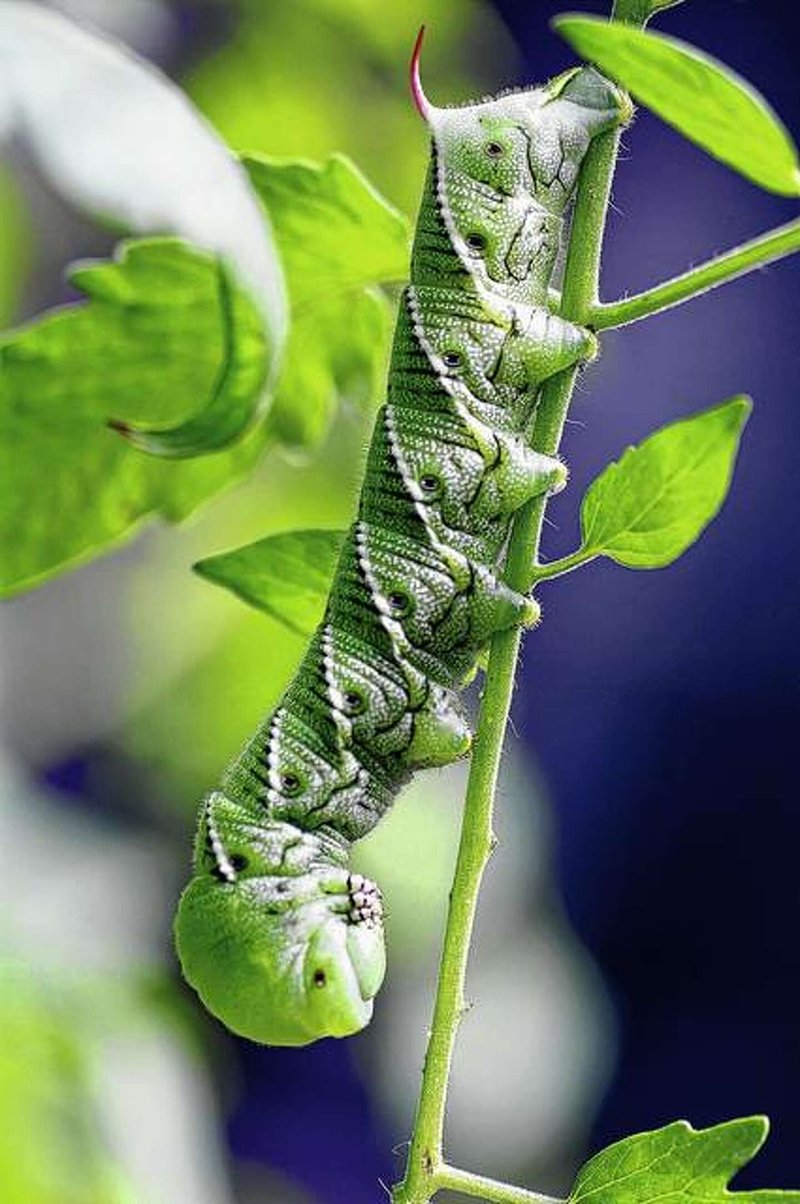
You might be wondering, “What’s the big deal about these hornworms?” To put it simply, these pests can destroy plants in a matter of days. Just as you wouldn’t invite someone who talks loudly and takes the last slice of cake to your gatherings, you’ll want to keep hornworms out of your garden. There’s a lot more to these pests than meets the eye, and knowing how to manage them can save not just your plants but also your wallet.
Understanding Hornworms: The Basics
Hornworms are the larvae of hawk moths, commonly known as tomato or tobacco hornworms. They are large, green caterpillars that can grow up to four inches long. You can usually find them munching on the leaves of vegetables like tomatoes or peppers. The twist? They can devour entire plants in a short span of time, leading to significant crop damage.
But don’t let their size fool you; hornworms can often go unnoticed until it’s too late. Their green color allows them to blend in with the foliage, making them feel like a hidden menace in your garden. It’s like playing hide and seek with a really good hider. Without a sharp eye, you might not spot them until the damage is done.
Here’s the thing: a single hornworm can consume a staggering amount of foliage—up to a square foot of leaves per week! When you multiply that by several worms, the damage can escalate rapidly. This brings us to the economic impact of these pests in market gardens.
The Economic Losses from Infestation
When hornworms invade a market garden, they can lead to severe economic repercussions. The damage they cause isn’t just about losing a few leaves; it can mean losing entire crops. In a market garden where every dollar counts, this can be devastating.
Let me explain. Imagine you’ve invested time and money into growing a beautiful crop of tomatoes. You’ve nurtured them from seedlings, watered them diligently, and waited patiently for them to bear fruit. Just as you think it’s time to harvest, you discover hornworms have decimated your plants. Suddenly, your potential profit evaporates. For many small gardeners, this could mean losing hundreds of dollars in revenue.
Moreover, the cost doesn’t end there. Managing a hornworm infestation involves additional expenses, such as purchasing organic pesticides or investing time in manual removal. This is time that could be better spent on other critical tasks in the garden, like planting new crops or marketing produce.
Strategies for Managing Hornworms
Now that we’ve established the economic impact of hornworms, let’s explore how to manage these pests effectively. Prevention is key, but if you find yourself in the thick of an infestation, early intervention can save your crops.
Here’s a straightforward approach to managing hornworms:
- Regular Inspections: Check your plants frequently, especially the undersides of leaves. Look for droppings, which can indicate the presence of hornworms.
- Hand Picking: If you find them, the simplest method is to hand-pick them off your plants. It might sound yucky, but it’s effective!
- Use Natural Predators: Encouraging birds and beneficial insects, like wasps, can help control the hornworm population. Create a welcoming environment by planting diverse flora.
- Pesticides: If the infestation is severe, consider organic pesticides like Bacillus thuringiensis (Bt). It’s a natural bacterium that specifically targets caterpillars without harming other beneficial insects.
By combining these strategies, you can lower the risk of hornworms and protect your economic investment in your market garden.
The Long-Term Economic Effects on Market Gardens
The impact of hornworms goes beyond the immediate damage they cause. Over time, repeated infestations can lead to decreased soil health and crop quality. When you’re dealing with pests year after year, it can put a strain on your garden’s resources.
Here’s the thing: healthy plants are more resilient. If hornworms are a constant threat, it can lead you to make decisions that may involve excessive pesticide use or changing your crop rotation. Both of these can have long-term consequences on your garden’s ecosystem. For instance, rotating crops is generally a good practice, but if you’re constantly planting different crops in hopes of avoiding hornworms, it can affect your soil’s nutrient levels and overall health.
In the longer term, these economic pressures can even push some market gardeners out of business. You might find that the stress of managing pest populations and the financial losses lead some to abandon their passion for gardening altogether.
Education and Community Support
Building a network of support can significantly change how gardeners cope with hornworm issues. Whether it’s joining local agricultural groups or attending workshops, sharing knowledge can lead to more effective pest management strategies.
Think about community gardens as great examples of collaboration. In these settings, gardeners often share their experiences and solutions for dealing with pests like hornworms. Not only can this foster a sense of camaraderie, but it can also lead to innovative approaches that you might not have considered on your own.
Education is powerful. By learning from others, you can avoid costly mistakes and enhance your gardening skills. Plus, discussions about local pest problems can bring new insights into managing hornworms without relying solely on chemical solutions.
In conclusion, hornworms may look innocuous, but they can have a deep economic impact on market gardens. The potential losses they bring can be staggering, affecting everything from crop yield to long-term business viability.
By understanding how to manage these pests through thorough inspections, natural predator support, and community learning, you can mitigate their impact and protect your investment. Remember, healthy plants lead to profitable gardens. So next time you’re in the garden, keep an eye out for those sneaky hornworms—they may just be the reason behind your market garden’s success or failure. Happy gardening!

